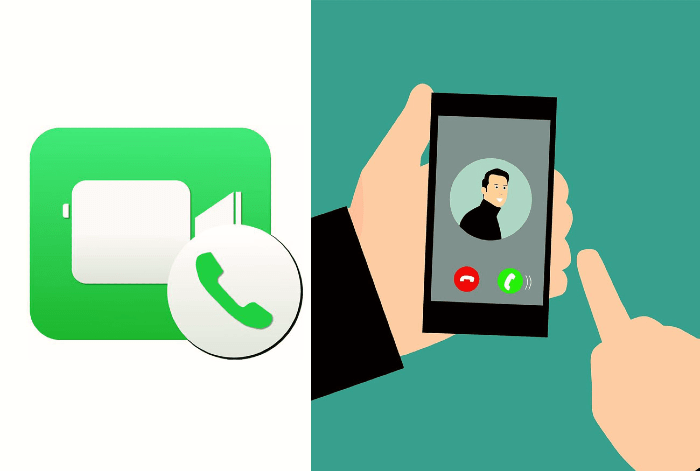
FaceTime forms a connection between the two compatible devices. Most Apple devices such as iPhones, iPads, and Macs launched after the year 2011 uses FaceTime function. FaceTime is currently not maintained on non-Apple devices legally or other video calling services.
Mac models issued in the year 2011 have high-definition FaceTime video that devices automatically use if both the ends have a FaceTime HD camera. Unlike Mac OS X iChat, FaceTime did not continue group meetings or video calls at startup.
The app-enabled personal video chat and only two people could talk at the same time. When a second user calls and the user answers, the video chat with the previous user ends and a new video session begins with the second caller.
If there is a call on the iPhone and the user tries to answer, the video call will end and the call will start with the next user. With the release of iOS 12, support for group video conferencing was added, allowing up to 32 people to participate in a video call at the same time.
Notifications supported on iOS devices are presented during a FaceTime call. However, if they are unlocked, the video will be provisionally suspended until the user turns back to the FaceTime app.

On the iPhone, a user can initiate FaceTime during a call by rolling the FaceTime button or by starting the FaceTime from the call history. iOS 7 and later devices also have a separate FaceTime App, as has regularly been the case with Apple’s non-mobile device range as iPad, iPod Touch, and Mac.
Until iOS 6 was published, FaceTime needed a WiFi contact to work perfectly. Starting with the apple device range iOS 6, FaceTime for iPhone and iPad guide FaceTime calls over the cellular networks, as long as the carrier enables it for the device to function with respect to the bandwidth.